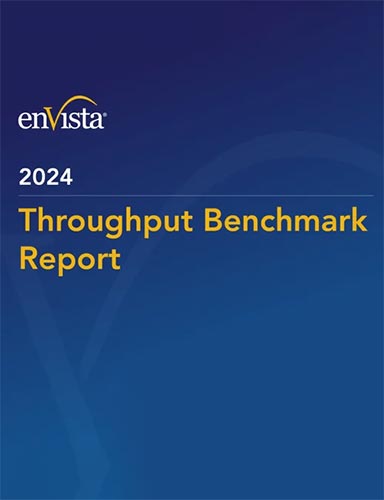Definition
A catch-all term to describe data sets large enough to be analyzed via computer algorithms in order to discover patterns or trends that can be used to enhance human decision-making or automatically cause an automated action to take place. Big data can be structured (data in fixed fields of a database) or unstructured (everything else).
Learn more about Big Data
In this webinar, we’ll dive into real-world examples of how manufacturers are leveraging real-world data, a unified data cloud, and industry-leading AI & ML to reimagine the way they manage their supply chains.
Make improvements sustainable through clear governance and consistent evaluation of data.
The infographic presents these factors and how they ultimately affect an organization’s order-to-cash process.
Digitalization is bringing new opportunities to use data analytics to boost supply chain sustainability objectives. A 3PL partner can help you mobilize that data as part of a holistic sustainability approach.
Powerful data solutions enable transportation managers to improve efficiencies and identify cost-saving opportunities.
Speeding the information flows and reducing inefficiencies equips supply chains to operate effectively, adapt quickly and evolve to meet competitive threats and exploit opportunities in the environment.
Too many supply chain leaders focus on technological solutions rather than the capabilities they enable.
To build lasting AI capability in your organization, take a layered approach.
Supply chain professionals should be wary of using AI to make System-2 decisions. While fast, real-time planning has appeal, it should largely be used to automate operational execution rather than planning processes that are more tactical,…
From AI to ML to IoT, the new crop of supply chain technologies support a world where companies can use the past to predict the future.




